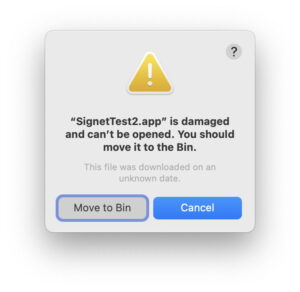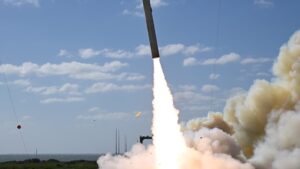Looking ahead to Sequoia’s updates
Later today, Apple is expected to release macOS Sonoma 15.0. For those interested in planning their immediate or delayed upgrade, these are my forecast dates for its minor versions over the coming year. Like all the best weather forecasts, this is most accurate for the next 5 days, and those for further into the future are likely to be decreasingly reliable.
Minor version release dates for Sonoma have been broadly similar to those of others since Big Sur:
14.0 – 26 September,
14.1 – 25 October,
14.2 – 11 December,
14.3 – 22 January,
14.4 – 07 March,
14.5 – 13 May,
14.6 – 29 July,
14.7 – 16 September.
Ventura differed mostly because it had a later start date to its cycle, in October, resulting in the delay of 13.1 until December. Subsequent versions thus trailed Sonoma by one, for example with 13.5 on 24 July, against 14.6 on 29 July. Although Apple is believed to have some flexibility in the release dates for minor updates, the timetable for the cycle appears to be fixed well in advance, and is probably already at least pencilled in for Sequoia.
Most minor updates bring new versions of firmware, the kernel and key kernel extensions such as APFS. In between those may be patch updates to fix serious bugs or security vulnerabilities that can’t wait for the next minor version, such as 14.3.1 on 8 February, two weeks after 14.3 and a month before 14.4.
According to Apple’s release notes, the current release candidate for 15.0 has no significant bugs that remain unfixed, and we hope that remains the case.
15.1: October 2024
Apple has already announced that this first ‘minor’ update will bring its AI features, including most significantly Writing Tools. Although those have been in beta-testing for almost as long as 15.0, in terms of changes, the step from 15.0 will in many ways be greater than that from 14.6 to 15.0. However, that only applies to Apple silicon Macs that support AI.
For all Macs, this is likely to bring fixes for some more substantial bugs, although because of the short interval between 15.0 and 15.1, few are likely to be addressed until 15.2.
This update is likely to coincide with new Mac products launched at an as-yet unannounced Mac event in October, where Apple is expected to promote its new M4 Macs as being ‘made for AI’, much in the way that it did last week with the iPhone 16 range.
15.2: December 2024
Turnaround time fixing even straightforward high priority bugs makes it likely that most in 15.0 will be addressed not in 15.1 but 15.2, before Christmas. This will also catch the first fixes and any additional enhancements required by AI, so may well be one of the more substantial updates this cycle. The aim is to give engineering teams a chance to catch up with the vacation without leaving too much to await their return in the New Year.
15.3: January 2025
This update is largely constrained by the effects of the Christmas vacation, but should enable most issues arising in 15.0 and 15.1 to be fixed, leaving Sequoia running sweetly.
15.4: March 2025
This is the major mid-cycle update, that is most likely to contain new and enhanced features, often making it the largest update of the cycle. Apple also seems to use this to introduce initial versions of new features intended to become fully functional before the end of the cycle. One example of this was XProtect Remediator, released on 14 March 2022 in Monterey 12.3, but not really functional until June that year.
Unfortunately, these enhancements can also cause problems, and this update in March has a track record of sporadic more serious bugs, including the occasional kernel panic.
15.5: May 2025
A month or so before the first beta-release of the next major version of macOS, this normally aims to fix as many remaining bugs as possible, and progress any enhancements introduced in the previous update. If you’ve reported a bug before April, then if it’s going to be fixed in this cycle, this is the most likely time; any new bugs reported after this update are most likely to be carried over to the next major release.
15.6: July 2025
This really is the last chance for fixes and feature-tweaks before the next major version is released in September. If all is working out well, this should be the most stable and bug-free release, although in some years late changes have turned this update into a nightmare, and Sonoma required a patch update in early August to address those.
When best to upgrade?
If third-party software, hardware and other compatibility requirements don’t apply, there’s no way to predict which is the best version to choose as an upgrade from previous macOS. Every version contains bugs, some of them may be serious, others may be infuriating and intrude into your workflows. But those aren’t predictable. If you’re unsure, wait a few days after a minor update, or even 15.0, check around with others, and decide then. If you’re really cautious and have an Apple silicon Mac, I suggest you might like to consider upgrading a week or two after the release of 15.1, by which time most of any major issues with 15.0 and AI should have come to the surface.
For myself, I already have my designated beta-testing Mac, a MacBook Pro M3 Pro, running 15.1 beta, and my other three Macs (iMac Pro, Mac Studio M1 Max and MacBook Pro 16-inch 2019) will all be running 15.0 by midnight tonight, I hope. I’ll let you know how I get on.



